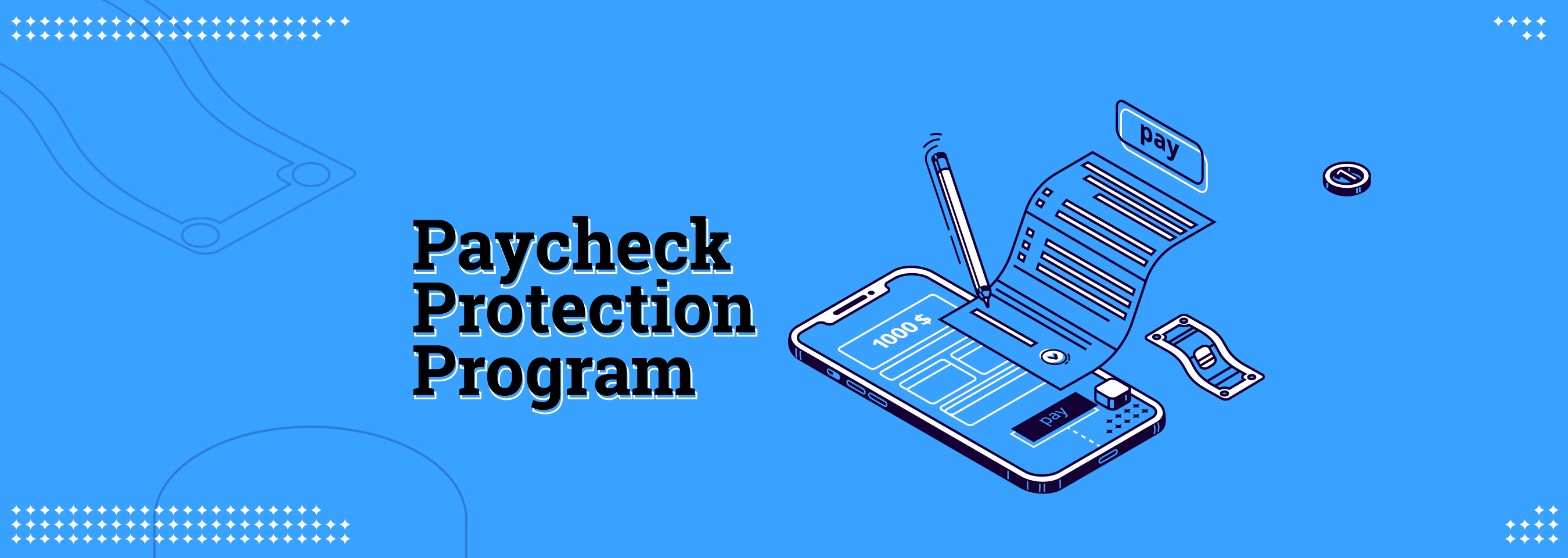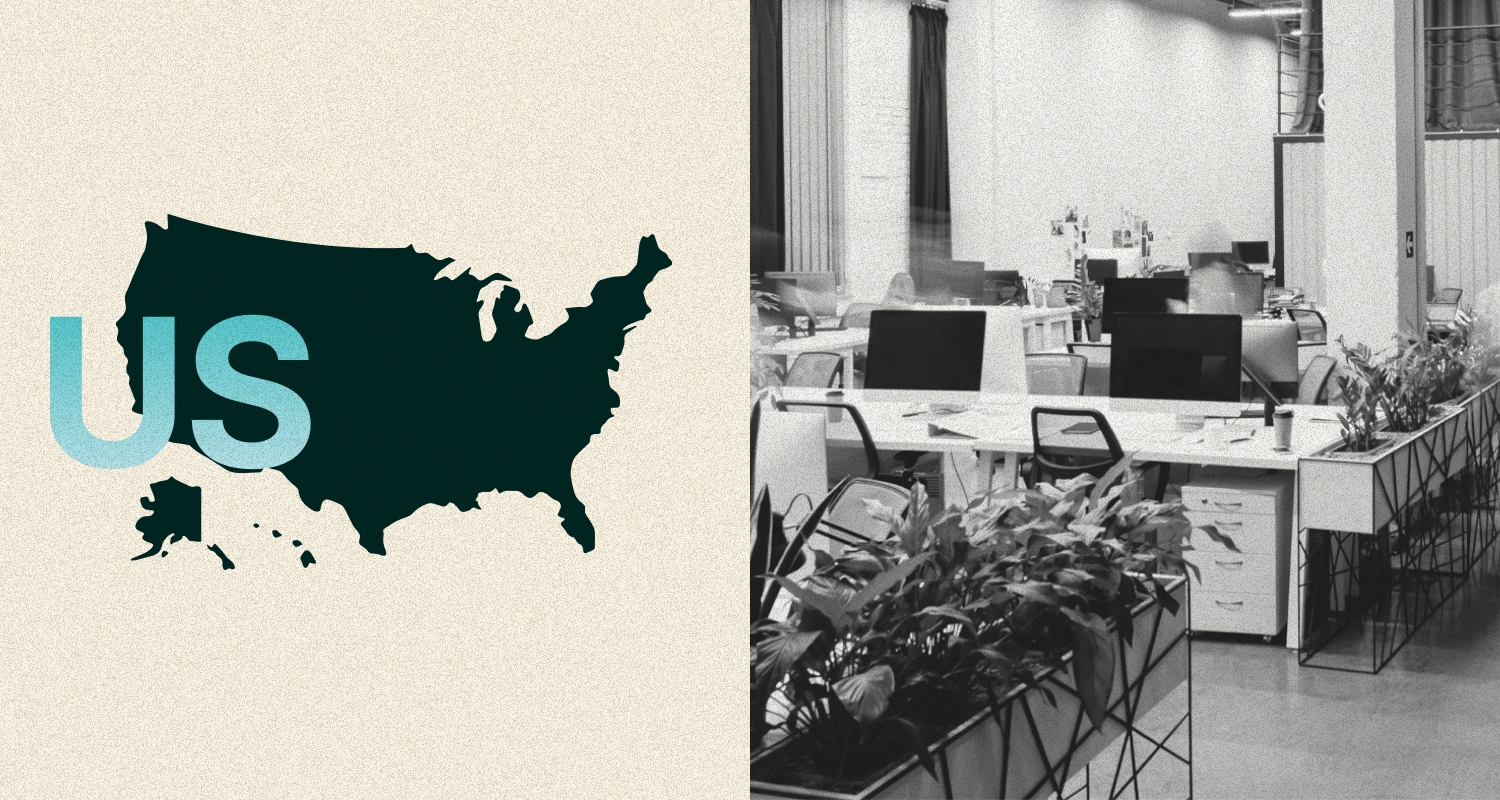Updated 7/13/20: The deadline to apply for PPP loans have been extended from June 30, 2020 to August 8, 2020.
Updated 6/18/20 with new guidance released by the U.S. Treasury.
On June 5, 2020, the Paycheck Protection Program Flexibility Act (Flexibility Act) was signed into law. The Flexibility Act makes key changes to the Paycheck Protection Program (PPP), which was originally passed under the Coronavirus Aid, Relief, Economic Security Act (CARES) to provide forgivable loans to small businesses that were impacted by COVID-19. The Flexibility Act was passed to address concerns by small businesses that the use of PPP loans and the standards for loan forgiveness were too restrictive.
The changes made under the Flexibility Act apply to all COVID-19 related PPP loans, and include the following changes:
- Extends Time Period Eligible for Loan Forgiveness: Borrowers are now eligible to receive loan forgiveness on amounts spent within the first 24 weeks of the loan or before December 31, 2020, whichever is earlier. Under the prior rules, borrowers were only eligible to receive loan forgiveness for amounts spent in the first 8 weeks of their loan.
- Borrowers that received their PPP loan before June 5, 2020 may choose either a 8-week or 24-week covered period.
- Borrowers that received their PPP loan on or before June 5, 2020 will have the 24-week covered period.
- Decreases Loan Percentage that Must be Used for Payroll: To receive PPP loan forgiveness, borrowers must use at least 60% of their PPP loan for payroll costs (meaning they can receive loan forgiveness for up to 40% of non-payroll costs). Prior to this change, the PPP Interim Final Rules required borrowers to use at least 75% of the loan for payroll costs. This means that employers can now spend a greater share of the loan on non-payroll costs, such as mortgage interest payments, rent, and utilities.
- Loosens Requirements for Maintaining Employee Headcount: Under the original language of the CARES Act, the amount of PPP loan forgiveness would be lowered if a borrower failed to (i) maintain their full-time employee headcount (as compared to a reference period before COVID-19) and (ii) to rehire furloughed or terminated employees within a certain timeframe. Since the PPP was enacted, borrowers have expressed difficulty re-hiring employees or re-opening their business under the prescribed timeframe. As such, the Flexibility Act addresses these concerns by providing the following relief:
- The deadline to re-hire employees (to avoid a reduction in loan forgiveness) is extended from June 30, 2020 to December 31, 2020. Note that borrowers must re-hire employees by the time they apply for loan forgiveness in order to avoid a reduction in the loan forgiveness amount.
- Loan forgiveness will not be reduced if an employer is able to document in good faith:
- That they are unable to rehire individuals who were employees of the business on February 15, 2020 and they are unable to rehire similarly qualified employees for unfilled positions on or before December 31, 2020; OR
- They are unable to return to the same level of business activity as they had before February 15, 2020 due to compliance with requirements/guidance related to sanitation, social distancing, or worker or customer safety set out by the Secretary of Health and Human Services, the Director of the Centers for Disease Control, or Occupational Safety and Health Administration (OSHA) from March 1, 2020 through December 31, 2020.
- Extension of Loan Deferral: The deferral period for PPP loans is extended until the Small Business Administration (SBA) remits any loan forgiveness to the lender. This means that borrowers will not need to make payments on the loan until SBA makes a final determination on their loan forgiveness.
- Deadline to Apply for Loan Forgiveness: Borrowers must apply for loan forgiveness within 10 months after the last day of the covered period (24 weeks after the start of the loan or December 31, 2020, whichever is earlier). If a borrower fails to apply for loan forgiveness by the deadline, they must start making payments of principal, interest, and fees of the loan (even if SBA does not make a final determination of their loan forgiveness, as discussed above).
- Borrowers Now Eligible to Defer Employer Taxes Even After Loan Forgiveness: Originally, employers who received PPP loan forgiveness could not take advantage of employer payroll tax deferment provided under the CARES Act. The Flexibility Act now allows these employers to take advantage of payroll deferrals.
Chart of How the Old PPP Rules Have Been Revised under the Flexibility Act:
| PPP Provision | Old PPP Rules | Revised PPP Rules |
| Deadline to Use Loan Proceeds and Still Be Eligible for Forgiveness | June 30, 2020 | December 31, 2020 |
| Time Period Eligible for Loan Forgiveness | First 8 weeks of the loan | Borrowers that receive their loan before June 5, 2020, can choose either a 8-week or 24-week period Borrowers that receive their loan on or after June 5, 2020, have a 24-week period |
| Maximum % of Loan Spent on “Non-Payroll Costs” and Eligible for Loan Forgiveness | 25% | 40% |
| Deadline to Rehire Employees to Avoid a Reduction in Loan Forgiveness | June 30, 2020 | December 31, 2020 |
| Exception to Loan Forgiveness Reduction due to Loss of Employees | None | If a borrower can document that the inability to:
|
| Loan Deferral Period | At least 6 weeks, up to 1 year | Until SBA makes a final determination of the loan (or if the borrower fails to apply for loan forgiveness, 10 months after the last day of the covered period) |
| Eligibility for CARES Act Tax Deferral | Once borrowers receive PPP loan forgiveness, they are not eligible | Borrowers receiving PPP loan forgiveness are still eligible |
Additional Resources
- Paycheck Protection Program Flexibility Act
- Paycheck Protection Program Interim Rules
- The Coronavirus Aid, Relief, and Economic Security (CARES) Act
- Employer Tax Credits Under the FFCRA and the CARES Act
- U.S. Treasury Webpage on PPP Loans
The information and materials on this blog are provided for informational purposes only and are not intended to constitute legal or tax advice. Information provided in this blog may not reflect the most current legal developments and may vary by jurisdiction. The content on this blog is for general informational purposes only and does not apply to any particular facts or circumstances. The use of this blog does not in any way establish an attorney-client relationship, nor should any such relationship be implied, and the contents do not constitute legal or tax advice. If you require legal or tax advice, please consult with a licensed attorney or tax professional in your jurisdiction. The contributing authors expressly disclaim all liability to any persons or entities with respect to any action or inaction based on the contents of this blog.




